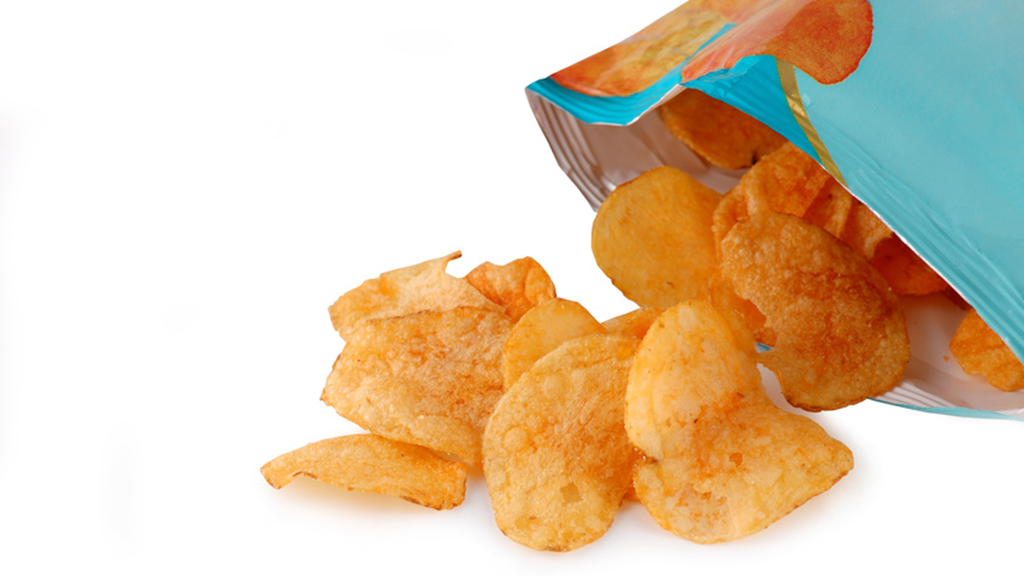Abstract
In this case study, students assume the role of a quality assurance team that is in charge of determining potential causes and solutions for potato chip bags that open during the shipping process. Students will use basic quality control tools to evaluate the process, brainstorm potential causes, determine the most likely cause of the problem, and develop potential solutions for the problem. A couple of the case exercises require students to create fishbone (Ishikawa) diagrams. A summative writing assignment and a set of optional questions for further exploration are included. This case study is appropriate for courses focusing on quality management in industrial settings, as well as a general undergraduate statistics or experimental design course.


